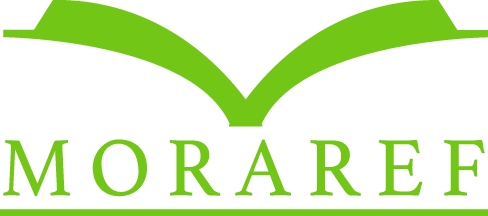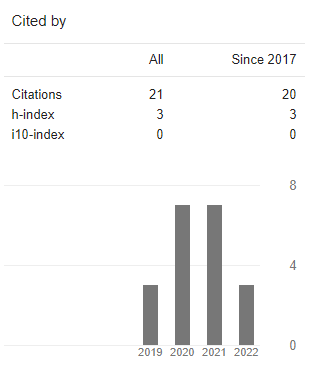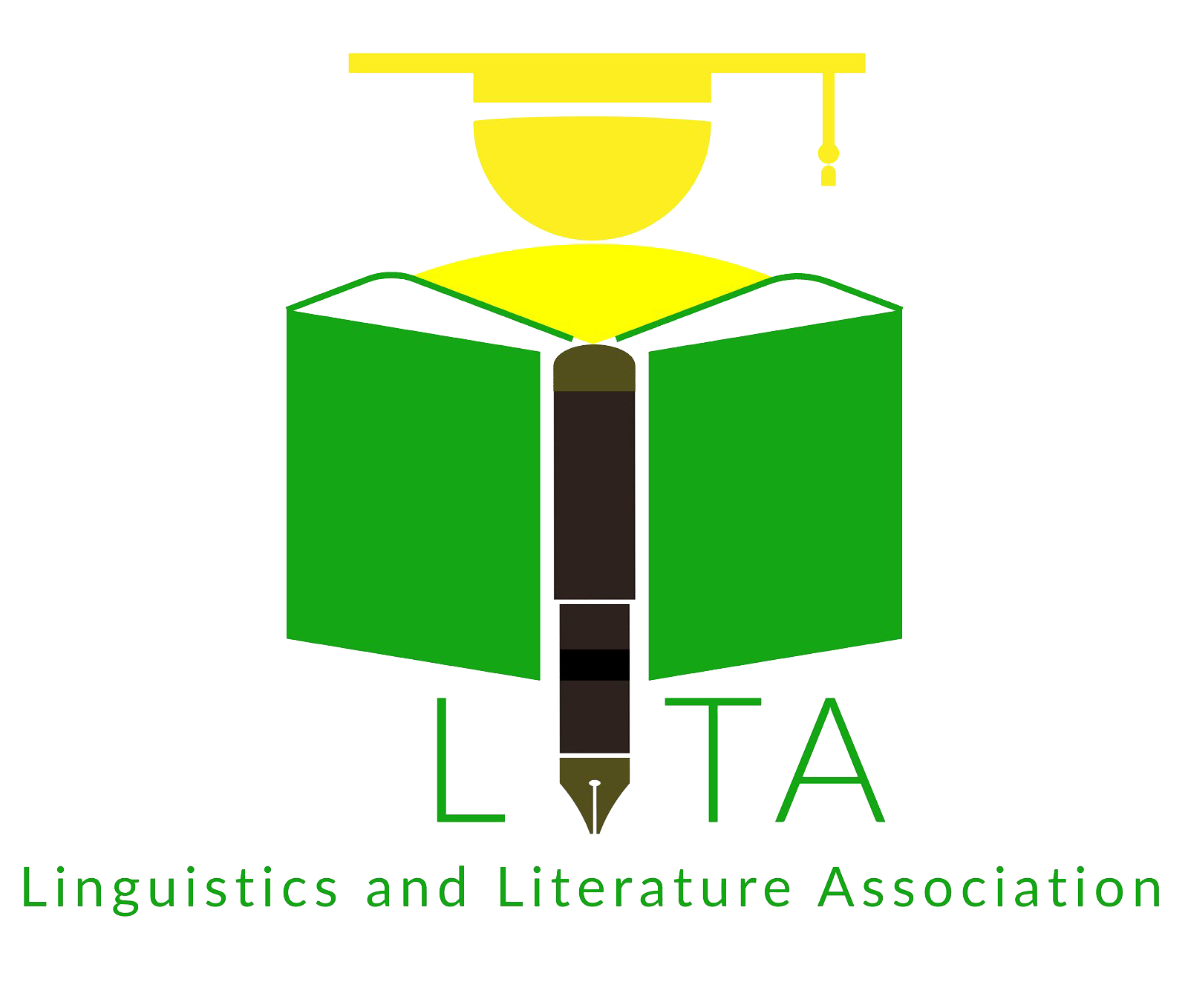Critical Thinking Questions in the Reading Section of EFL Textbooks
DOI:
https://doi.org/10.21776/ub.alphabet.2018.01.01.01Keywords:
question level, comprehension level, critical thinking, 21st century learningAbstract
In this article, we discuss how far EFL textbooks used as teaching materials for second grade students in senior high schools in Poso regency, Central Sulawesi province, accommodate critical thinking skill in the textbook’s reading comprehension section. The assumption underlying this discussion is that an ideal EFL textbook is supposed to meet the needs to accommodate critical thinking skill as one of the required skills in the 21st century. In doing so, Revised Bloom’s Taxonomy and four levels of comprehension were used to examine the questions level and which level of reading comprehension each question falls into. The sources of data were two commercially published and one government-published EFL textbooks. The discussion in this paper leads to which EFL textbook accommodates critical thinking skill in the form of WH questions in its reading comprehension section.References
Anderson, L. W., & Kratwohl, D.R (2002). A Taxonomy for learning, teaching, and assessing: A revision of Bloom’s taxonomy of educational objectives. New York: Longman.
Anderson, L. W., (2003). Enhancing the quality of teacher decision making. London.
Bloom, B. S. (1956). Taxonomy of educational objectives. Chicago: Chicago University Press.
Bloom’s Taxonomy. (n.d). Retrieved from https://www.virtuallibrary.info /blooms-taxonomy.html
Critical thinking skills, 21st century learning. Retrieved from www.P21.org
Freahat, N.M., & Smadi, O.M. (2014). Lower-order and higher-order reading questions in secondary and university level EFL textbooks in Jordan. Theory and Practice in Language Studies, 4(9), 1804-1813. doi:10. 4304/tpls.4.9.1804-1813.
Grace, E., & Sudarwati, M. (2014). Pathway to English. Jakarta: Erlangga
Hayati, S., Syahrudin, J., & Fitrawati. (2012). Levels of Question used in English textbook. Journal of English Language Teaching, 1(1), 1-10. Retrieved from http:// ejournal.unp.ac.id/index.php/jelt/index.
Hendarman. (2016). Challenges for 21st century learning in Indonesia. Paper presented at the Fourth International Conference on Education and Language (4th ICEL) 2016.
Hopper, C.H. (2010). Practicing college learning strategies. (5th ed.). Wadsworth: Cengage Learning, Inc.
Kemendikbud. (2014). Stop bullying now. Jakarta: Kemendikbud.
Kurniawan, L. (2014). Talk active. Jakarta: Yudhistira.
Miles, M. B., & Huberman, A. M. (1994). Qualitative data analysis. California: SAGE Publications, Inc.
Muchlis. (2015). An analysis of thinking order of reading comprehension questions in English textbook for young foresters of forestry vocational school of Samarinda. Jurnal Nalar Pendidikan, 3(1), 314-316. Retrieved from http://ojs.unm.ac.id/index. php/nalar/article/view/1164
Nizam, & Santoso, A. (2016). 2013. OER initiatives & ICT in teachers’ training. Presented at UNESCO – OER Follow up meeting, Paris, 2013. Retrieved from http://www. unesco.org/fileadmin/MULTIMEDIA/ HQ/CI/CI/pdf/news/indonesia_oer_initiatives .pdf
Ratnasari, L., & Pusparini, R. (2014). An analysis of the relevance of English materials in textbook entitled Pathway to English for Senior High School Grade X to the 2013 Curriculum. Retain, 2(2).
Richards, J. (2001). Curriculum development in language teaching. USA: Cambridge University Press.
Smith, N.B. (1969). The many faces of reading comprehension. The Reading Teacher, 23, 249–59, 291. Retrieved from https:// files.eric.ed.gov/fulltext/ED034657.pdf
Westwood, P. (2001). Reading and learning difficulties: Approaches to teaching and assessment. Victoria: ACER Press.
Wote, J., Senduk, A.G., & Rettob, A. (2014). A study on types of questions accompanying reading text in textbooks for first grade of SMA Negeri 2 Tondano. Jurnal Fakultas Bahasa dan Seni – Kompetensi, 2(3), retrieved from http://ejournal.unima.ac.id/index. php/index/index




















